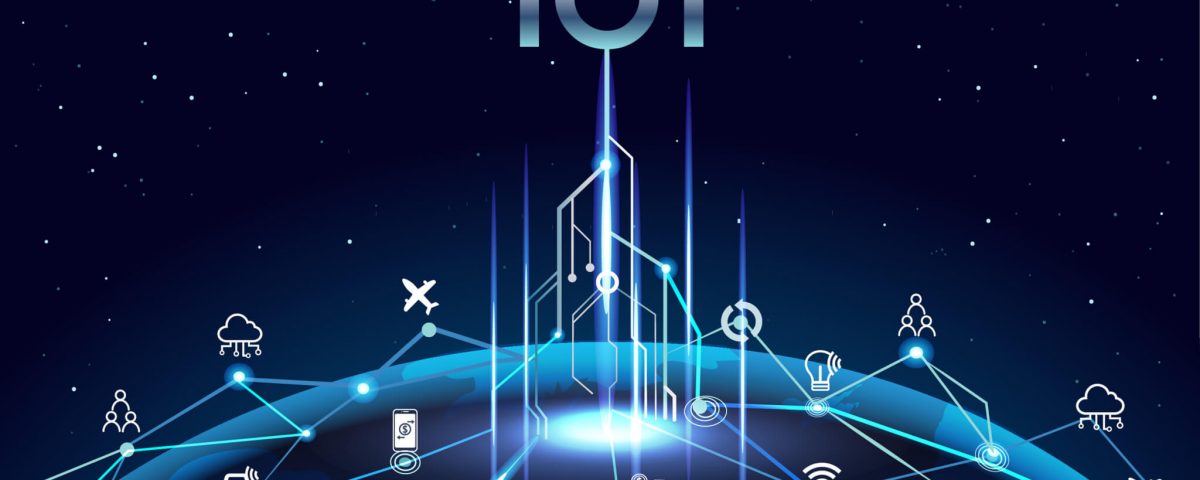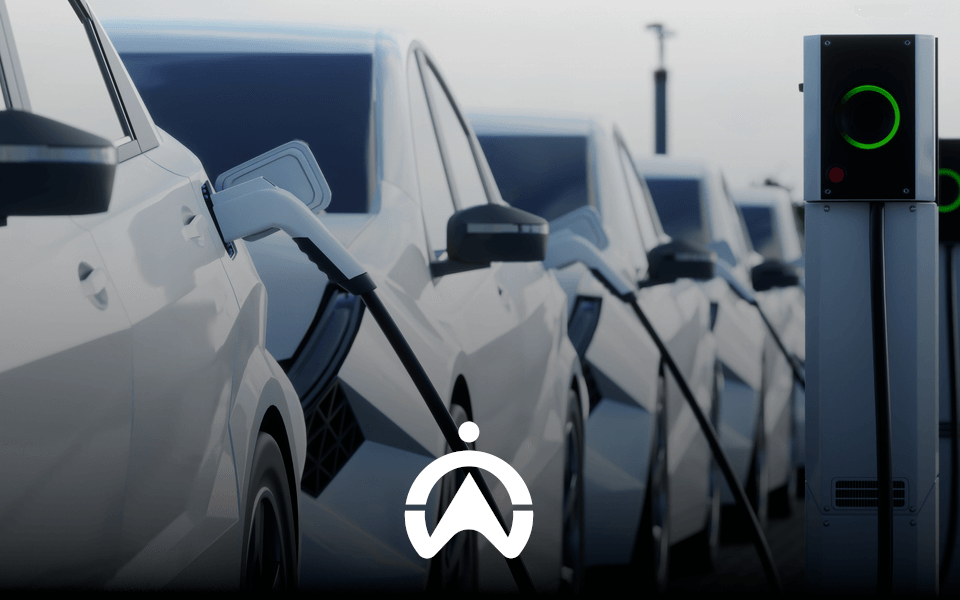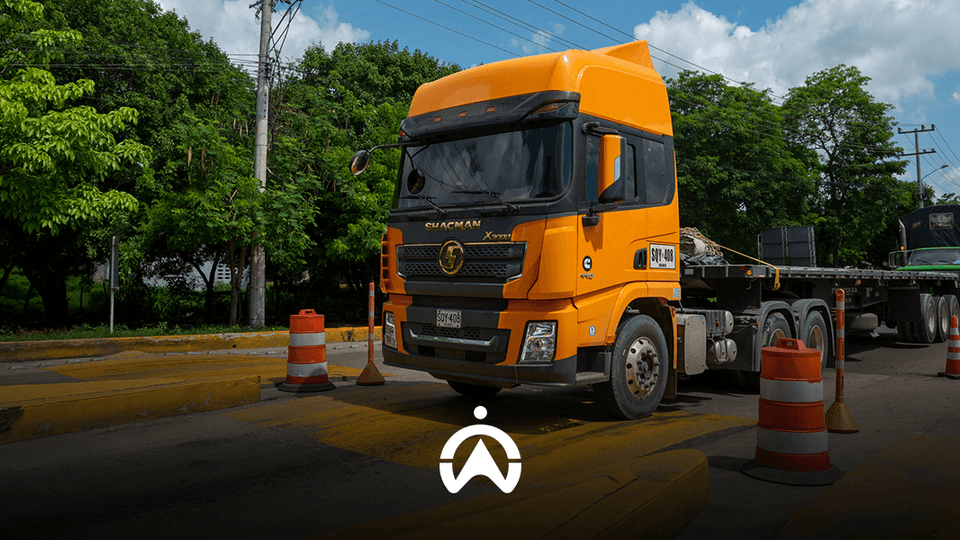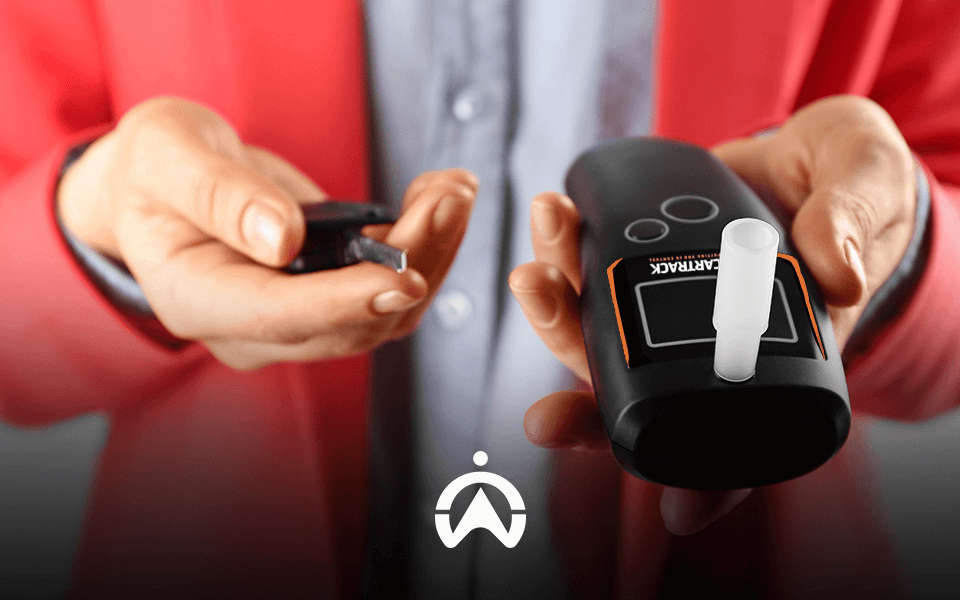The concept of the Internet of Things (IoT) is still fairly unknown by most, unless they have a specific interest in the field. However, it has become a huge part of our daily lives, from alarm systems in our homes to the tracking units in our vehicles, the access points at work, the card payment systems at our favourite stores, and so much more.
IoT, for those who don’t know, is basically things talking to other things relaying various small bits of data that can be collected and used in many applications. The onboard computer in your car is probably one of the best examples of how the IoT works; it collects information from sensors around your car, collates that information and lets you know via the dashboard what is happening inside and outside the vehicle.
Although the IoT has been around since the 70s when it was known as embedded internet or pervasive computing, it has only recently become more well-known. It has also been a huge advantage in the field of vehicle tracking and telematics. Data collected by all the connected sensors allows manufacturers, drivers and insurers to analyse their vehicles, change their behaviour and keep an eye on their client’s driving habits.
At Cartrack, our IoT systems are used by individual consumers, fleet owners/managers and insurance companies for the above. To paraphrase fusebill.com, we have enhanced our clients’ vehicles with electronics, connectivity, and hardware that allow them to communicate and interact with other devices. This translates into a number of benefits including theft prevention, quicker recovery of stolen vehicles, lower insurance premiums, and improved driving behaviour.
In addition to tracking and location services, our systems can also keep an eye out for:
- Whether the ignition is on or off
- Possible stripping of the vehicle
- Possible battery disconnection
- Speeding, harsh braking and excessive idling
- When vehicles enter areas they are not supposed to
- Fuel usage
Our other services, which also use IoT tech, include:
- Automated alerts
- Reports
- Logbooks
- Route replays
- Accident reconstructions
- Administrative tools
- Remote immobilisation
- Routing
- Metering
- Virtual car guard (CarWatch)
- In-Cabin Breathalyser
IoT has truly proved its worth in the telematics field, with many asking what’s next in this field? Well, we already have Vehicle to Vehicle (V2V) communication being implemented in the states in 2020, and very soon we’ll be experiencing Vehicle to Everything (V2X) communication. In fact, as the gap between technology and human interconnectivity is bridged, you may even be able to tell your car what you want for dinner, and it will be cooked by the time you get home.




